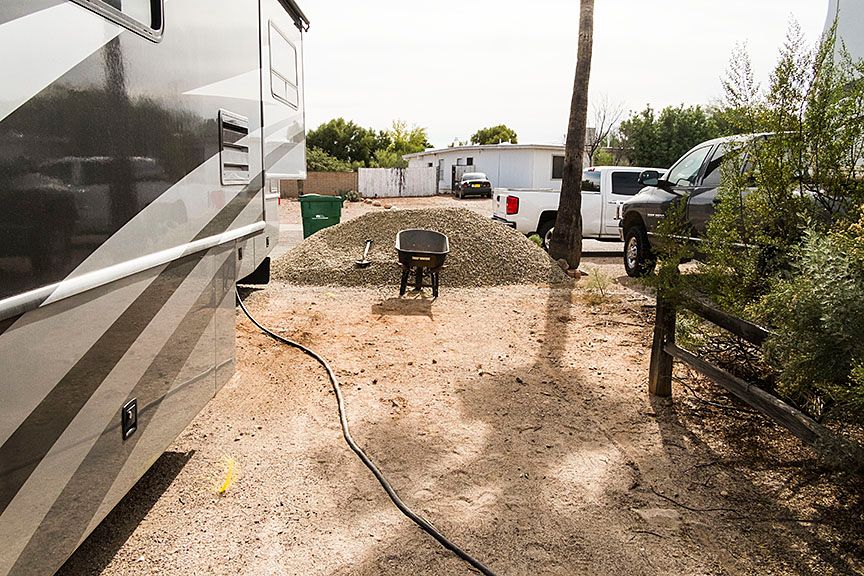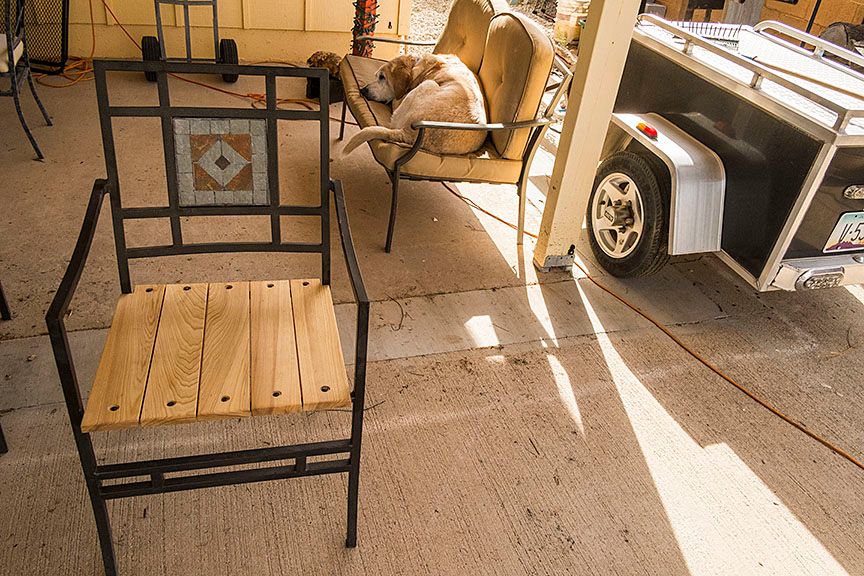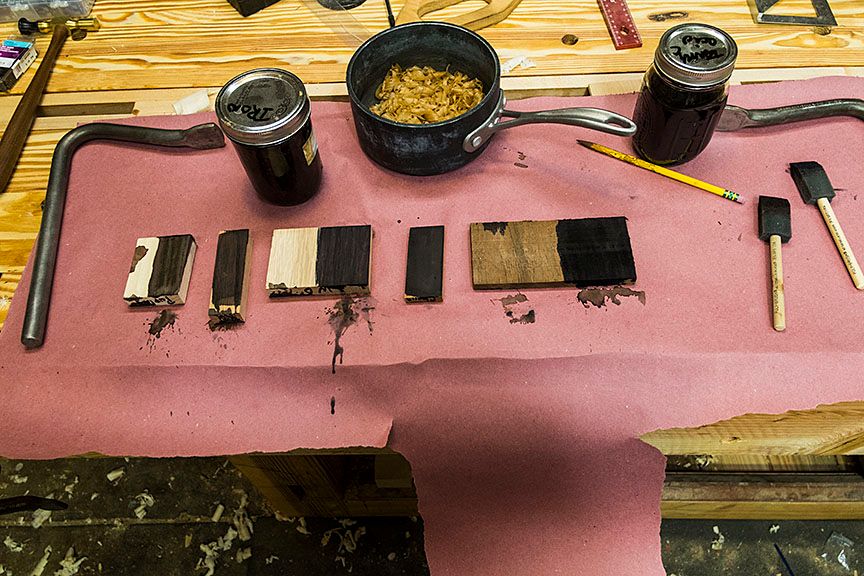...with one burning and one turning.....Most aviation stories start that way and end up with "the only thing that saved the day was my great skill and knowledge".
Well, after 105 days of medical leave during which there was not a single thought about airplanes or flying I donned the monkey suit for a 0500 show. Today's show was for a prep flight so I might not embarrass myself too badly when I take my FAR 135.297 flight check Saturday morning. For me there were two take aways from the whole exercise. The first was: After 105 days out of the cockpit you can be a little rusty or in other words, buttons? What buttons? Where in the hell are my buttons? It wasn't pretty. The second was: Damn technology has come a long ways and if you let it (can find the damn buttons) the airplane will almost fly itself. The aircraft I instruct in is several generations from current technology but it is still an amazing aircraft with auto throttles where you push a button (there's the damn buttons again) and the power levers advance and set correct power for takeoff, climb, cruse, decent, and approach. At 50 feet AGL they close for landing. With the FMS (Flight Management System) you are able to program the complete flight from takeoff to landing if you can figure out the correct buttons to push. The autopilot can fly the aircraft from a couple of hundred feet above the ground on takeoff to 100 feet AGL on landing, To land the aircraft you just have to push a red button to disconnect the autopilot and then don't change anything, if you do you will mess it up.
One of the best things when you are hand flying (not using the autopilot) is the HUD (Head's Up Display). With the HUD all you have to do is put the aircraft symbol in the "donut" and keep it there. The beauty of the HUD system is it is "predictive", in other words it tells you where the aircraft will be in the future unlike a Flight Director which is "reactive" and tells you where the aircraft has been. In addition all the information you need to fly is projected on a small transparent screen (the HUD) that is about 125mm to 150mm in front of your face and is focused at infinity. You can see the instruments and the world in front of you with no need to change focus or shift your field of view.
After all that clock building I will finally cut to the chase, the there I waz story. The contrast between today's aircraft and the first jet aircraft I "typed" in is chalk and cheese. BTW, the instructor that typed me in Learjets is still teaching in Lears and came to our center several weeks ago to help out our Lear program. I will not go through the whole "I know you" routine but after we peeled off 30 some odd years and I would guess at least 150 lbs between us, it was "wow, it is great to see you". I really will get to the point, maybe.
Back in the early days jets were not required to have a third attitude indicator. If you lost the attitude indicator you had to rely on the "turn indicator" aka needle and ball to keep your wings level or to bank into a turn. well there I waz in a Learjet 24 Sim, young, dumb and pretty full of myself. Knowing I could fly the box that Lear came in. There was some truth to it, the Lear and I were soulmates, for me it was love at first touch. I had never flown an aircraft that did exactly what I wanted it to do, nothing more, nothing less, and did it with the slightest touch instantly. Not only that but sea level to FL410 was less than 10 minutes and once at altitude the first thing you had to do was pull the power back so the aircraft would not overspeed. What a great little airplane.
Anyway on to the story. We had finished all the requirement and were just having fun before my type check ride and of course having fun for a Sim instructor requires engine failures at V1, fire, blown tires, or what other major failures he/she can think of. I was in a zone and at the top of my game, like I said I was feeling pretty cocky so Joe gave me his best shot. He failed the right engine just at V1 and failed my attitude indicator/flight director at the same time on a 1200 RVR takeoff. I was too dumb to know it couldn't be done, I just scooted down in my seat locked on to the needle ball and airspeed and came around for an instrument approach to a single engine landing.
Durning the debrief Joe told me the longest anyone had gone before without crashing was 20 seconds, as I said I was too dumb to know it couldn't be done. That's the "only thing that saved the day was my great skill" part of the standard aviator's there I waz story.
The point of all this other than an old fart's reminiscing is how much airplanes have changed in a very short period of time. BTW, not too long after my story the FAA required a third attitude indicator in all jet aircraft.
ken








